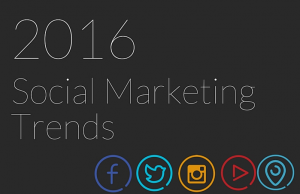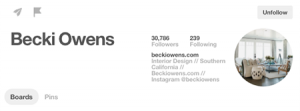Everything in life is a learning experience, but sometimes it seems that social media campaigns can teach us particularly frustrating lessons. You can meticulously research best practices for campaigns in your industry across social platforms, and still get results below expectation. That doesn’t mean that campaign was a complete failure; it’s just telling you that your customers, fans, and followers don’t fit neatly into the best practice mold.
So take this opportunity to meld any best practice suggestions with what you’ve learned to be true about your audience. How? All you need is your most recent Twitter-based campaign and these four steps to get started.
Step 1: Get your data, and decide what went well.
Hopefully you set up comprehensive tracking before you launched the start of your campaign, or took something like regular snapshots during its execution in order to track its performance. If you didn’t, don’t panic. Historical Twitter analytics are available with however much or little past campaign information you need. Either way, once you have your data it’s time to dig in and take a look. First, the good news; what went well? Collect your best-performing tweets and set them aside until we get to step 3.
Step 2: Decide what went badly, and ask yourself some honest questions.
Find the tweet that got the lowest engagement, and ask yourself some questions about why its engagement was so low:
- Was it the time that you posted it compared to others?
- Did it have an image?
- Did it have hashtags?
- How many hashtags?
- Was there an Instagram link without an image directly uploaded to Twitter?
- Was there a link to a blog post, but no image or hashtags?
You get the idea. Figure out the common threads between successful tweets, and figure out the common threads between your least successful tweets and base your next campaign’s content off of the former.
Step 3: Utilize specific insights from steps 1 and 2 to decide what you can do better.
From your analysis of what went well and what went not-so-well, choose a set of criteria around which you’ll plan your next campaign. Be sure to include the following:
- Time of day: Post during the times that yielded the best results before, and avoid the least-engaged times.
- Hashtags: Note the number used in successful tweets, which particular hashtags performed well, and identify some new ones to try out. Did you have a dedicated campaign hashtag? Test one this time around.
- Content type (images etc): Did tweets with images perform better? What style of image? Did one style perform better on Twitter vs. Instagram? Were your images and branding cohesive?
- Repeated post performance: Did you post the exact same tweet several times, or tweaked versions? Did you use the same content across platforms?
- Promotion from team: Did your team help promote the campaign from their personal accounts, where appropriate? Encourage them to do so, or with different tactics in your next campaign.
- Promotion from brand advocates: Identify who the biggest influencers and advocates around your campaign were and nurture the relationship. This will make them more likely to be an influencer in your next campaign as well.
Step 4: Plan what to measure with your next campaign.
Once you have your content plans in place, plan what you’re going to track, and how you’re going to track it. Once that campaign has ended, do a side-by-side analysis of the two campaigns to get an even clearer picture of how your fans, followers, and customers engaged with your content. If you do this with every campaign, they can only get stronger.
Want to get even more out of data from past campaigns? Check out 5 ways to use historical Twitter analytics on the TweetReach blog.
This post was originally published on TweetReach by Union Metrics
(183)
Report Post


